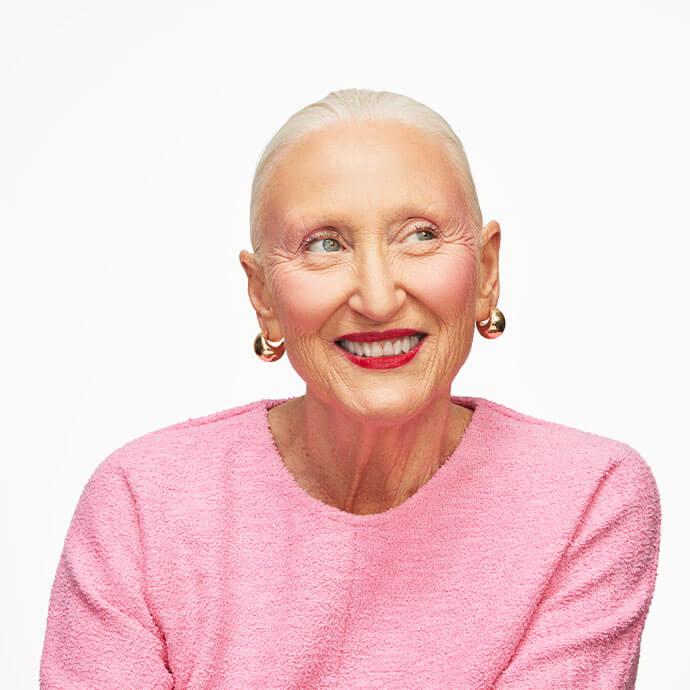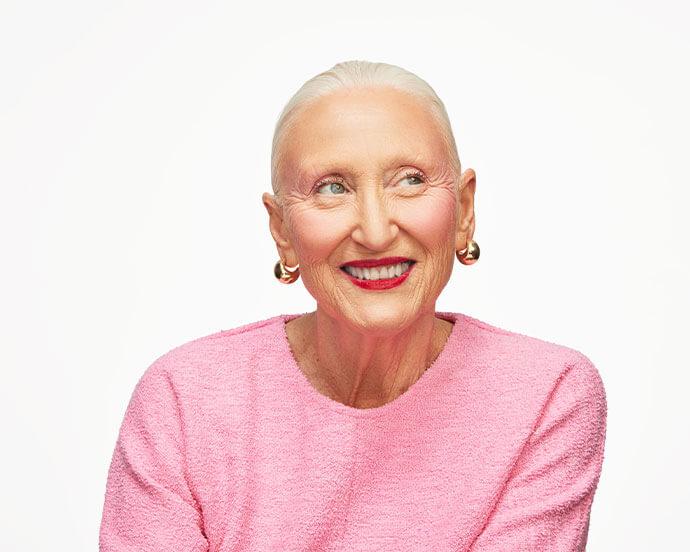How to Safely Pop a Pimple (If You Absolutely Have To)



IPSY Editors


Remember when we thought zits were just for teenagers? As we moved into our twenties, thirties, and beyond, we realized that no matter what age you are, you can still be prone to an unexpected breakout. Sure, acne has a lot to do with hormones, but it also has to do with bacteria, clogged pores, and yeah, this heat wave that never seems to be going away. But if you get an unexpected zit and you’ve been out of commission from your zit-tending days, what are you supposed to do? Pop it, the way you would as a teen? Slather it in product? OK, but which ones?
Whether you’re dealing with a nasty pustule, cystic acne, or blackheads, board-certified dermatologists Marisa Garshick, MD, and Azza Halim, MD, of Azza MD, can help. They provide patients with a variety of cosmetic and medical procedures and services including treatments for acne, eczema, and signs of aging. We chatted with these experts to find out what happens if we do pop our pimples, along with alternatives to popping in the first place. Plus, if you must pop a pimple, find out the “right” way to do so (spoiler alert: It starts with clean hands and ends with clear skin).


It's about glam time you treated yourself.
MEET THE EXPERT
Azza Halim, MD, of Azza MD, is a board-certified anesthesiologist and physician with a focus in aesthetic medicine, anti-aging treatments, and regenerative medicine.
Marisa Garshick, MD, is a board-certified dermatologist at MDCS Dermatology in New York City. She also serves as a clinical assistant professor of dermatology at Cornell University in Ithaca, New York.
But First, Should You Ever Pop a Pimple?
Your mom was right: You shouldn’t pop a zit. “It can worsen the inflammation and swelling and increase the risk of scarring,” says Dr. Garshick. “On occasion, in-office extractions can be helpful for certain types of stubborn breakouts, but these are best done by professionals to minimize the chance of scarring.” Plus, attempting to pop your pimple can actually make it bigger, and there’s nothing more frustrating than that
“It’s not uncommon for patients to notice that the breakout gets worse and is more persistent after attempting to pop it given the increase in swelling,” adds Dr. Garshick. Ouch. That’s the last thing you want. Hyperpigmentation (acne marks and dark spots) is also a concern. Some are more prone to acne scars than others. The type of pimple matters, too. If you’re trying to pop cystic acne, you’ll be doing much more harm than good.
“Cystic zits, while sometimes filled with pus, often do not necessarily contain as much fluid, pus, or cystic contents,” says Dr. Garshick. “I find patients often squeeze but notice that nothing comes out, and all the squeezing leads to more swelling and inflammation.” You’ve been there, I’ve been there, we’ve all been there. Whiteheads and blackheads, on the other hand, are smaller and need precision, or you’ll get a larger mark when not done correctly. This is best done in the hands of a skincare professional.
What Are Alternatives to Popping?
If you’re going to be strong and avoid popping pimples, there are a few things you can do to reduce the size and soreness. If it goes down, or even pops, on its own, you’ll have much less of a risk of scarring.
1. Use a spot treatment. “A spot treatment can reduce inflammation or dry out the spot, often being more targeted in the individual spot itself,” explains Dr. Garshick. Use a product containing benzoyl peroxide or salicylic acid, but be cautious that using too much of a spot treatment can lead to excess dryness and skin irritation. We’re fans of the MURAD Rapid Relief Acne Spot Treatment when we need a spot treatment.
2. Apply a hot compress. If your blemish is especially red and inflamed, a warm compress (such as a wet washcloth with warm water) can help. “It can soften the breakout and sometimes allow the contents to come out on their own,” says Dr. Garshick. Just be sure not to pick or rub the mark.
How to Pop a Pimple If You Really Need To
1. Begin by washing your hands.
If you must pop the pimple, make sure you have ultra-clean hands. Make sure to also clean the area of your pimple with cleanser or alcohol.
2. Skip the comedone extractor.
Instead, use two Q-tips or cotton swabs on each side of the pimple and apply gentle pressure to see if anything comes out. “If nothing comes out while applying gentle pressure, you should not keep going given the risk of scarring,” says Dr. Garshick. Be sure not to use your fingers right on the breakout to minimize the risk of infection.
3. Apply a spot treatment overnight.
Unless you have an open wound, you can apply your spot treatment on top to kill any additional infection inside the pore. You’ll wake up with clearer skin. Another treatment we love is the Z SKIN COSMETICS Acne Spot Treatment
When to See a Doctor About Your Pimple
If acne is really stressing you out, go see a dermatologist. “Visit your local board-certified dermatologist for either a cortisone injection to help bring down a larger cystic breakout or for a chemical peel or extraction to help with a blackhead or whitehead,” says Dr. Garshick. You can also discuss your current skincare routine and all over skincare tips, as well as get the specific acne treatment for your skin.
But you’ll also want to be aware of spots on your face that could appear to be zits, but could actually be something more serious. “It’s always best to seek medical care if a pimple is persistent beyond few
weeks and not resolving on its own, or if there are any signs of infection or bleeding, or it appears cystic,” explains Dr. Halim
Plus, “If a pimple appears to never go away or looks suspicious, then it’s best to get a professional skin check by a dermatologist to rule out [something more serious],” says Dr. Halim, like the early signs of melanoma.
Want in on all the IPSY fun? Take our Beauty Quiz now to get started with your own IPSY beauty subscription. Already an IPSY member? Refer your friends to earn points, which you can use toward products. Either way, don’t forget to check us out on Instagram and TikTok @IPSY.
Like this article? Share it with your friends by clicking the icons below!
Liked this post? Share!
Related Stories


Skin
How to Adjust Your Skincare Routine for Mature Skin in the Winter
Published on Dec 4, 2025 • 7 min read


Skin
Meet the Best Moisturizers for Winter, According to Dermatologists
Published on Dec 1, 2025 • 9 min read


Skin
What Is Inflammaging—and Why Everyone’s Talking About It
Published on Dec 1, 2025 • 8 min read


Skin
6 Skincare Trends to Have on Your Radar in 2026, According to Experts
Published on Dec 1, 2025 • 7 min read


Skin
We Grabbed Our Crystal Ball and Found These 6 Skincare Predictions for 2025
Published on Dec 10, 2024 • 7 min read


Skin
Simple Self-Care Tips That Actually Make a Difference
Published on Nov 13, 2025 • 12 min read


Skin
These 9 Face Scrubs Will Unlock Soft and Smooth Skin on Contact
Published on Nov 5, 2025 • 10 min read


Skin
10 Thanksgiving Foods That Will Have Your Skin Coming Back for Seconds
Published on Oct 15, 2025 • 7 min read


Beauty Picked Just for You
Get 5 products worth up to $70
Plus exclusive access to epic deals up to 80% off
Starting at just $14/month. Cancel anytime.